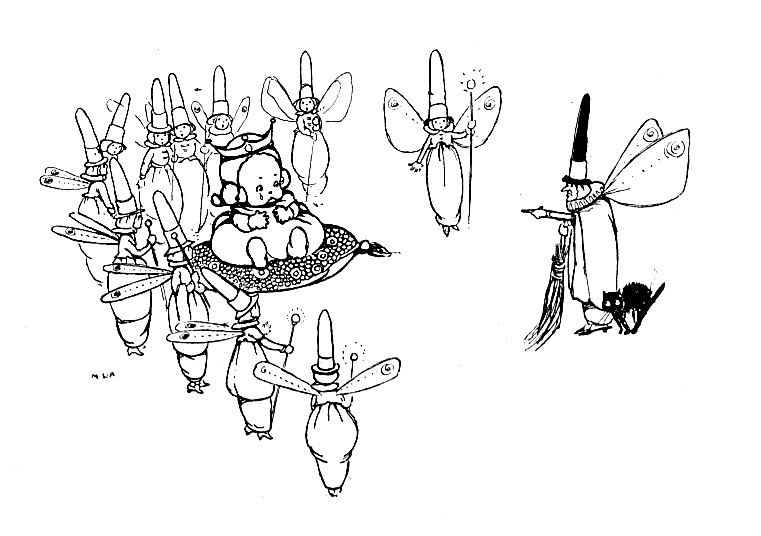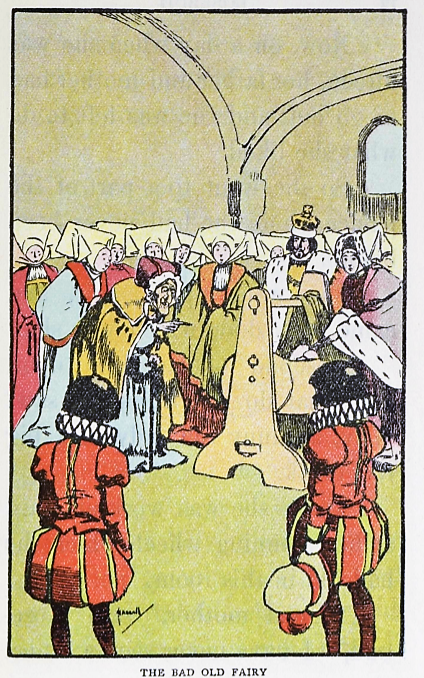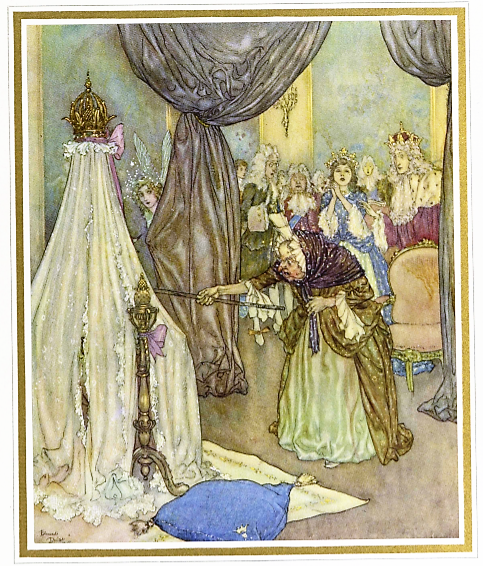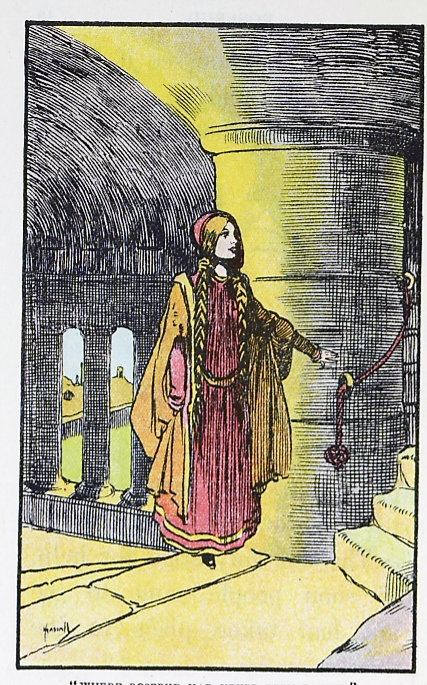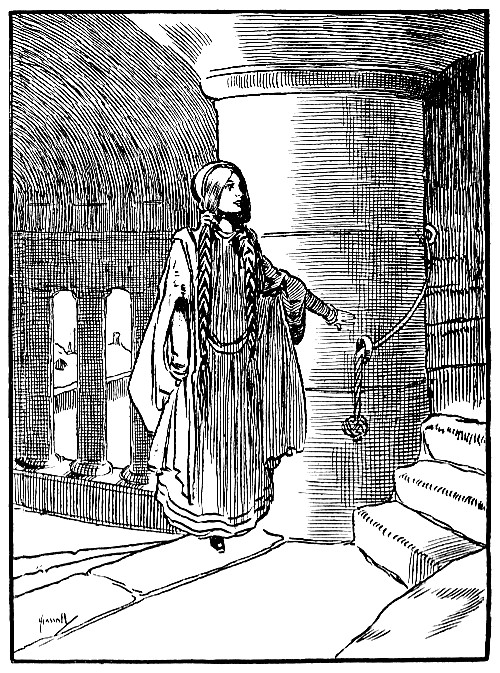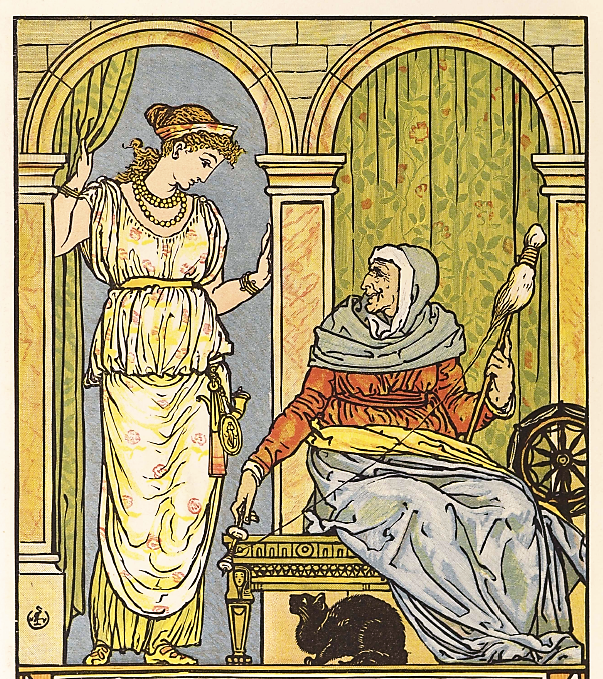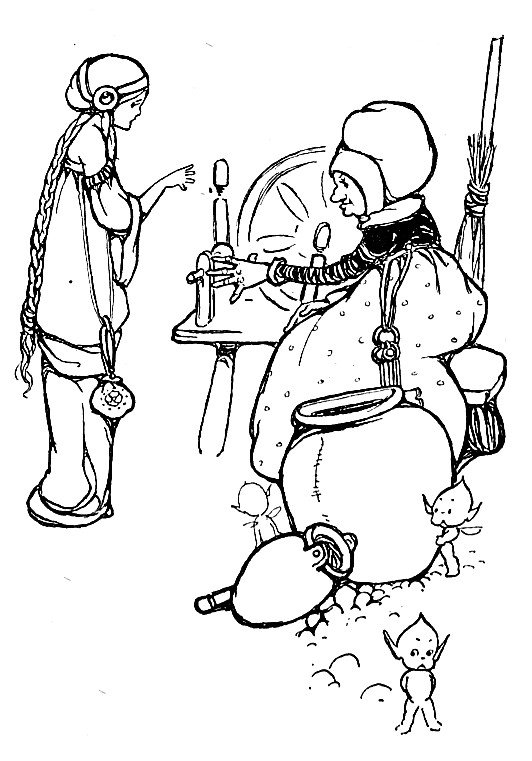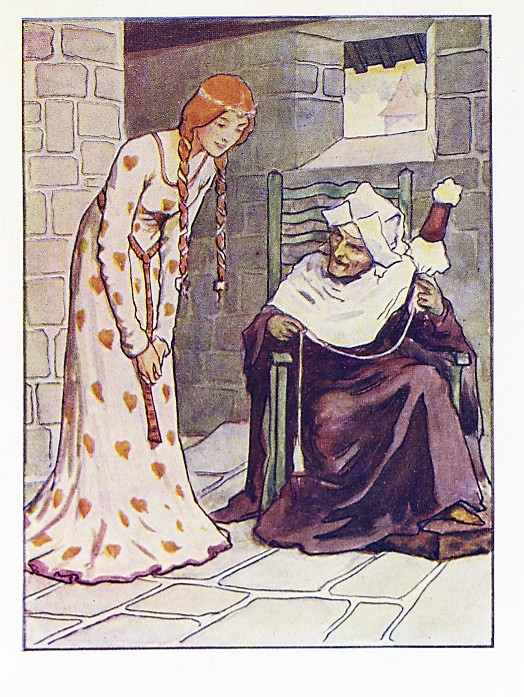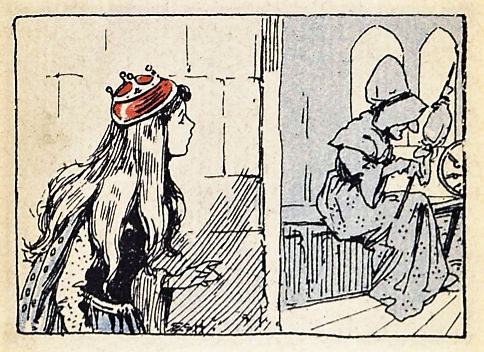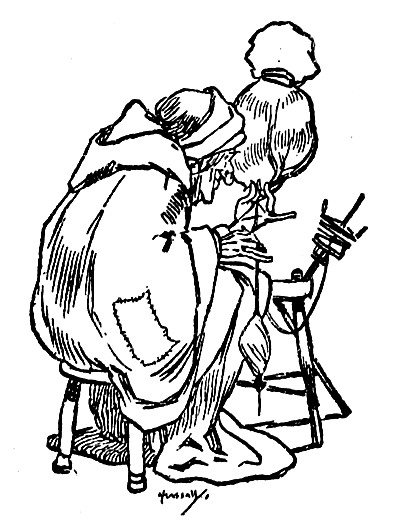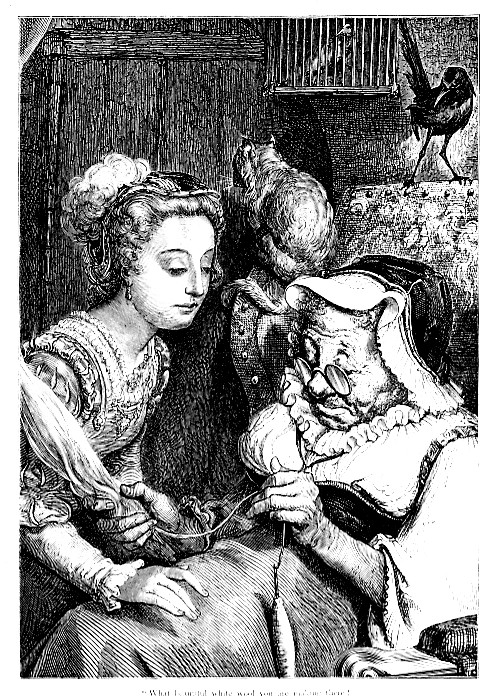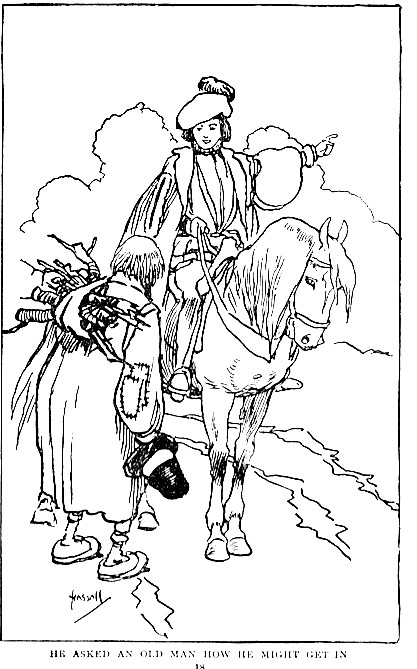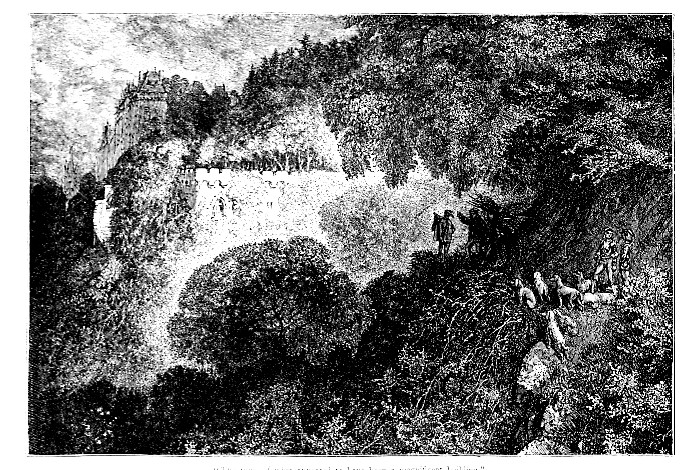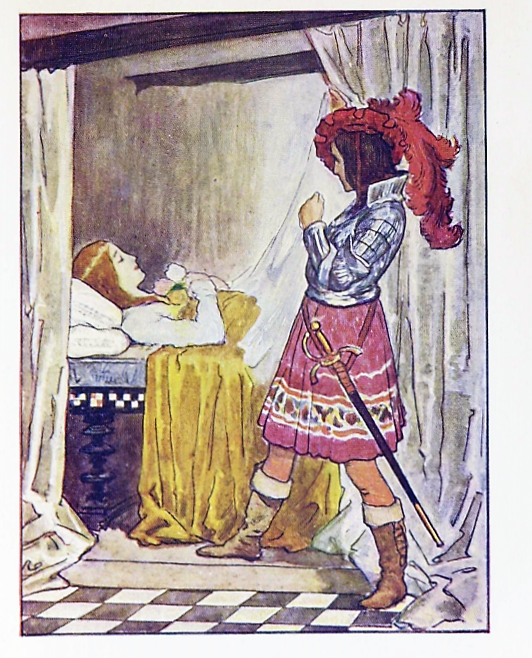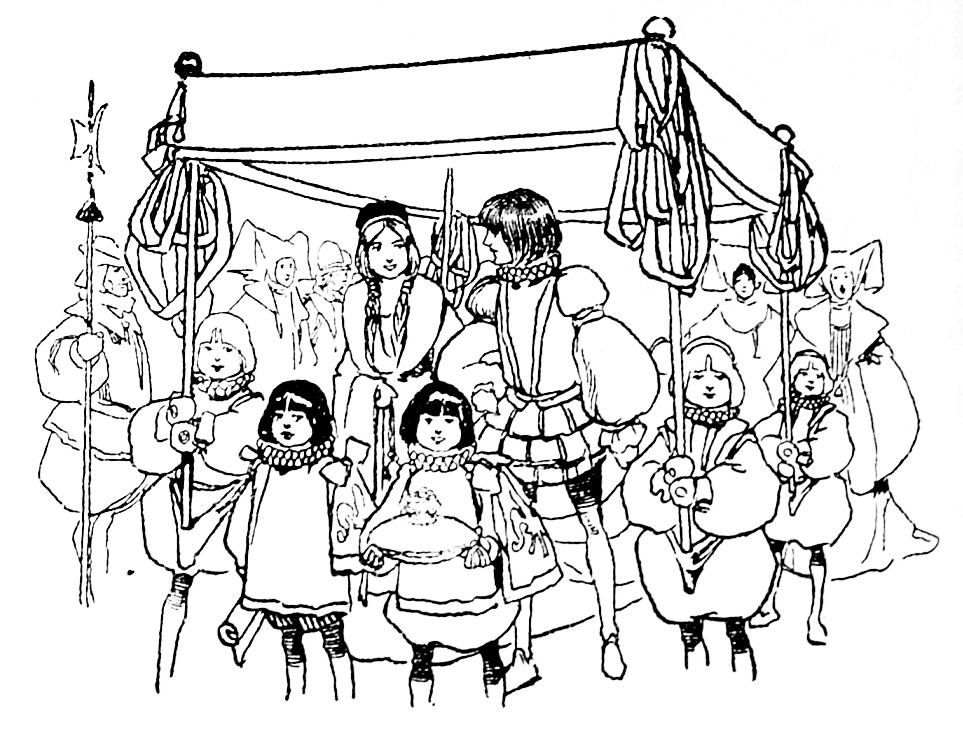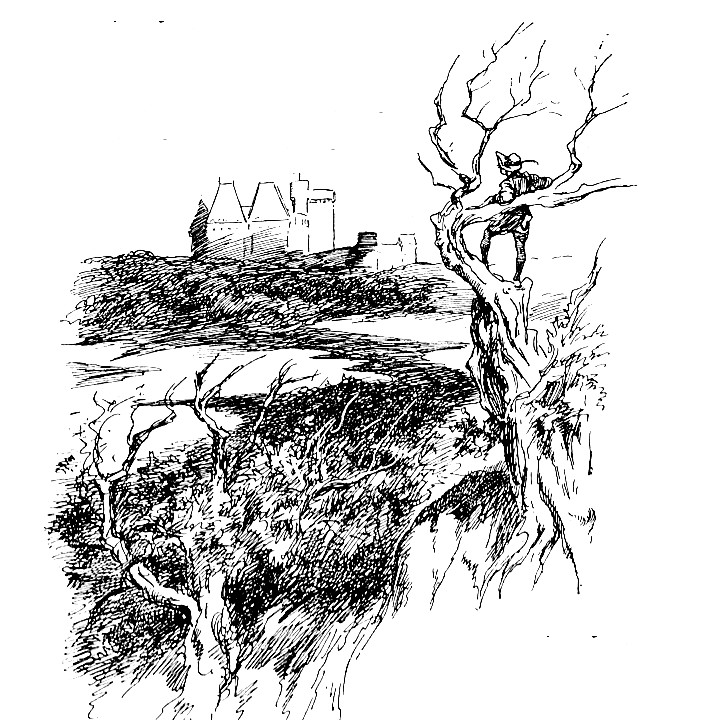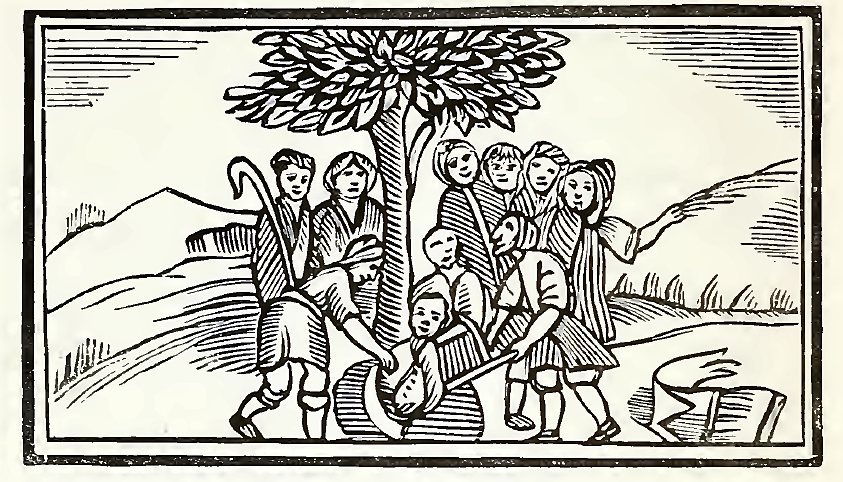
Siddhartha Gautama, The Buddha

His marriage 
His first journey outside the palace
Sleeping Beauty
The Christening
The christening. Note that all possible merits are “given” to her at birth–she is not considered or held responsible for anything. Such unconditional love is not a good thing.
Like all our heroes and heroines, Sleeping Beauty faces a moral test at adolescence. Unlike Herakles or Dymphna, she fails this test–making her a narcissist.

As often elsewhere, a dwarf–representing the artist–acts as a messenger. The nominally “good” fairy here acts objectively immorally, putting all the courtiers to sleep for a century. Driving a chariot drawn by dragons, she seems to actually be the spirit of narcissism.
The second helper figure, the priest, appears here as an old man to direct the handsome prince, the true hero of the tale. Unlike the artist, this elder is a fully reliable spiritual guide.
The handsome prince must make his way through an impenetrable forest, which nevertheless yields for him, either because his heart is true, or because the curse has simply run its course.
The brambles suggest the sense of directionlessness or inability to move forward characteristic of depression.
The Grimm brothers’ title for the story and its heroine–“Brier-Rose”–suggest also that these brambles express the character of the narcissist. Anyone seeking to establish contact must fight their way through such a maze. It is contact with a narcissist, then, that causes this depressive symptom.
The sleeping court. Which image do you find most compelling?
Note that this effect of contact with the narcissist, of paralysis, is similar to the effect of looking at Medusa in the Perseus legend.
The image of a sleeping beauty is irresistible to artists. This suggests it is deeply archetypal.
Examples of the motif from other legends, including that of Brunhilde.
Sleeping Beauty images suitable for colouring and meditation.
The awakening. Contrary to a common misconception, in no version of the story is a kiss the critical factor. Nor, in Perrault’s or Basile’s version, is the awakening the end of the story.

Regrettably, the handsome prince has an Ogre Mom, who plans to devour his new wife and children, This family background may also explain how he became a hero.
Suitable for colouring
Notice the dragon design on her dress.

Download the free colouring book:
The Juniper Tree
Another fairy tale underappreciated and underanthologized because of its disturbing elements.




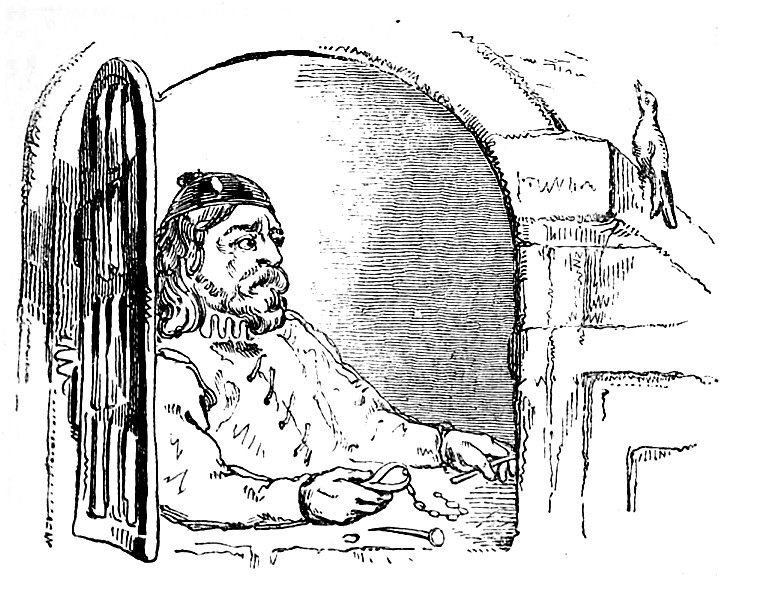


The phoenix collects three grail objects. 

The millstone seems an obvious Biblical reference.

Download the free colouring book.
Twelve Brothers
Benjamin up the tree, watching for a signal from the castle.
The story makes obvious reference to the Biblical tale of Joseph and his brothers.


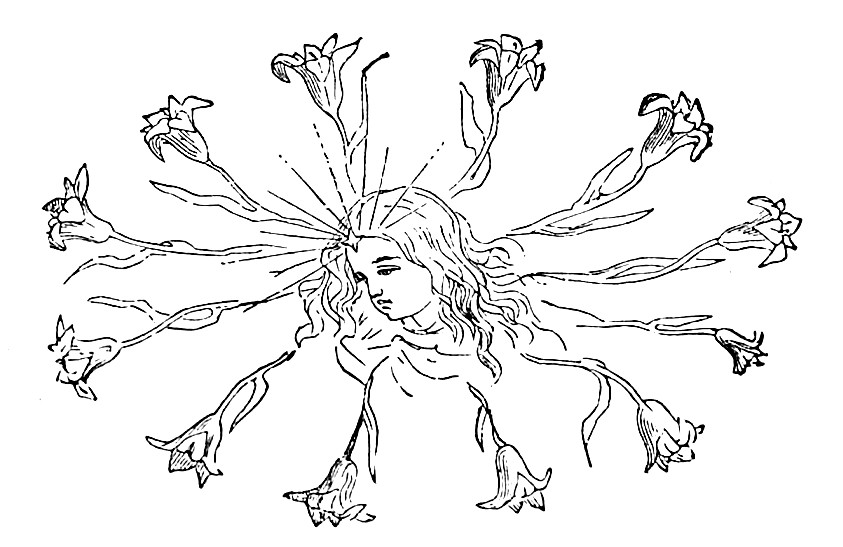
Despite her own heroic efforts, the princess retains narcissistic tendencies due to her upbringing. She therefore subtly fails her inevitable moral trial by picking lilies in the witch’s garden–seeking to possess instead of allowing them their independent existence. As a result, her brothers turn into ravens, and she must stay silent for seven years.

The silent princess knitting in the tree. The Grimm original actually says she spins in the tree. 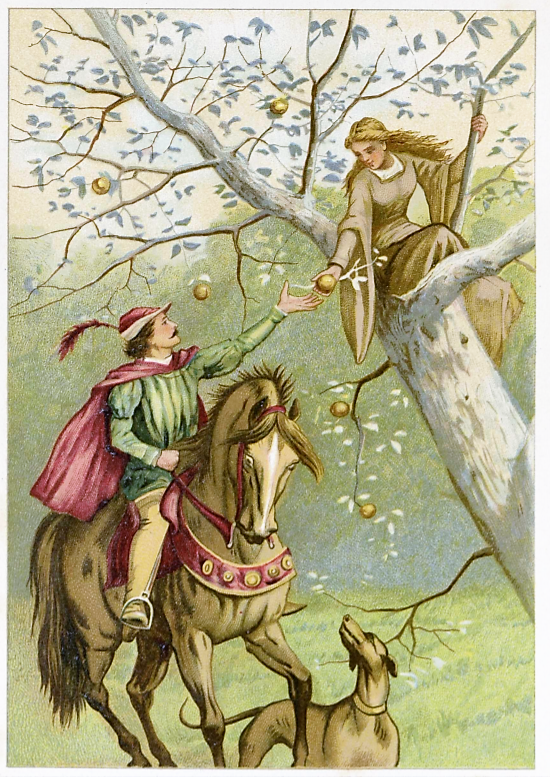
The image of a maiden in a tree–the dryad–seems irresistible, and occurs in many stories. What do you suppose it conveys?


Hope


A free colouring book to download.








